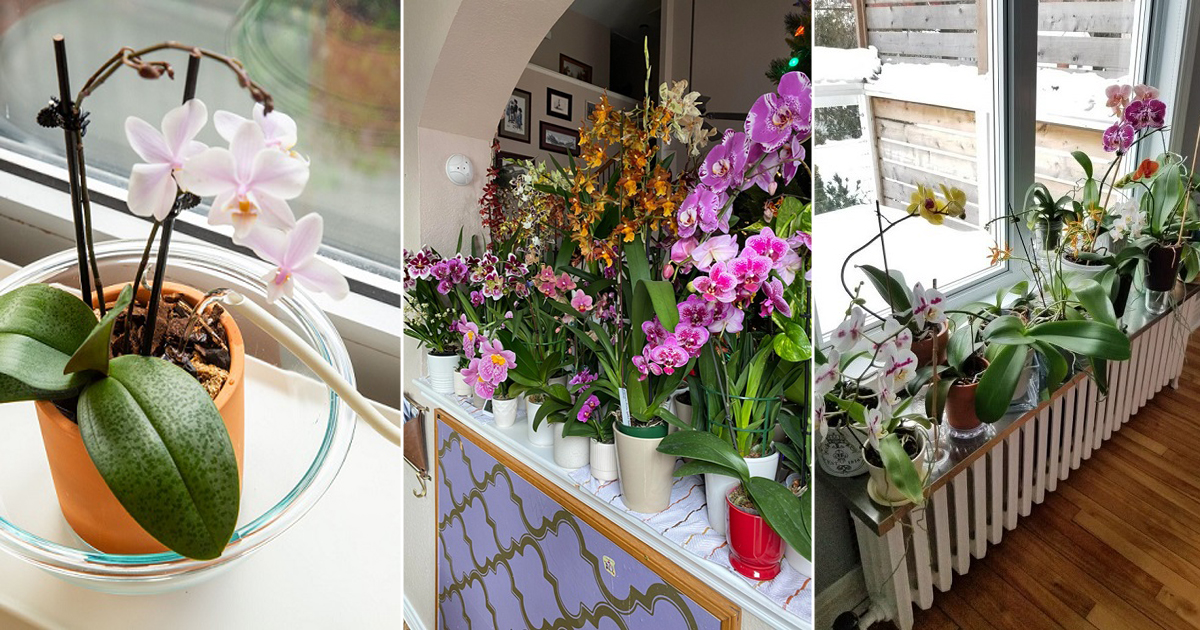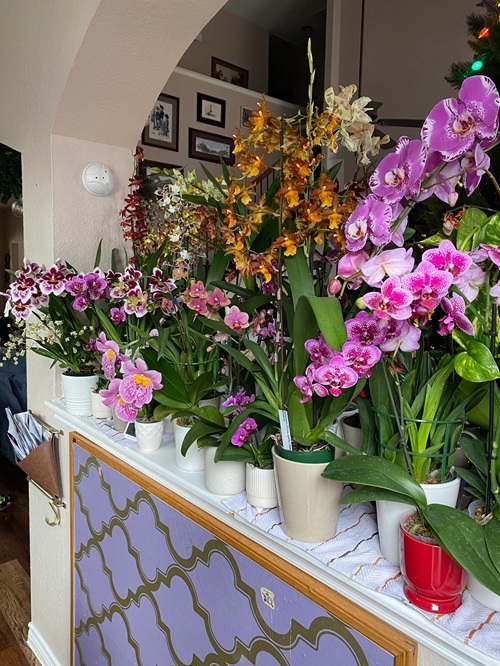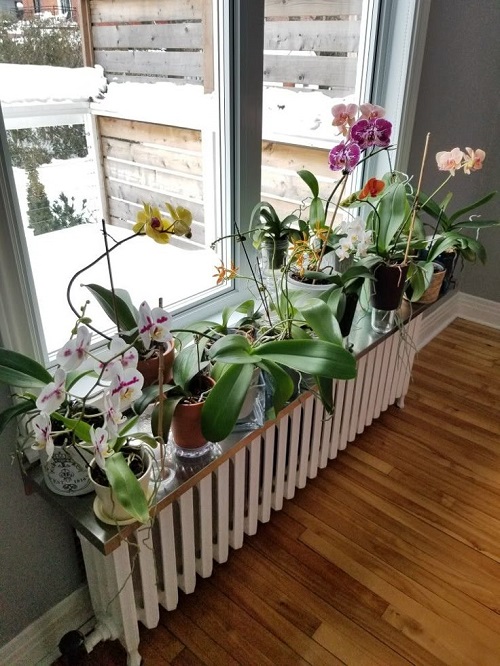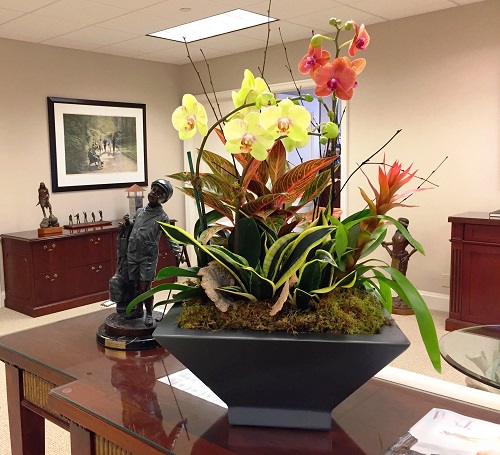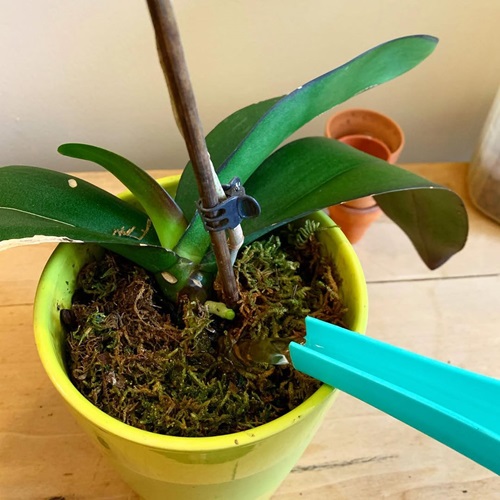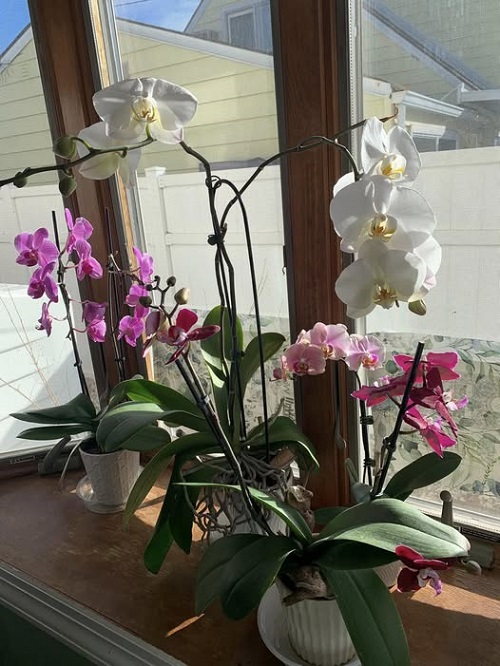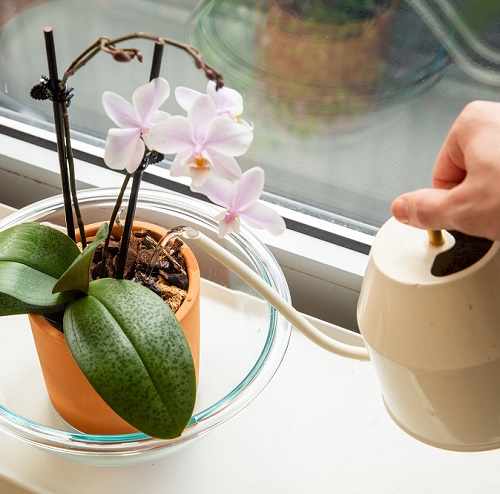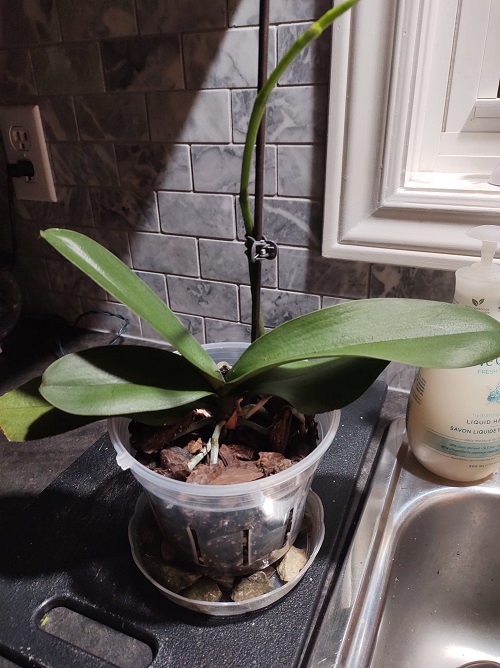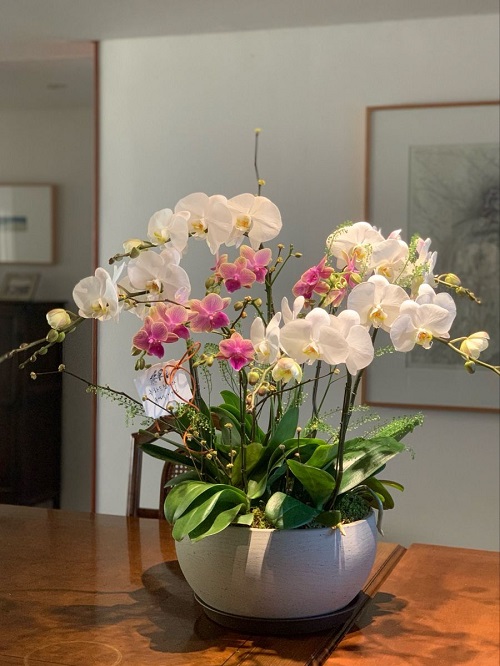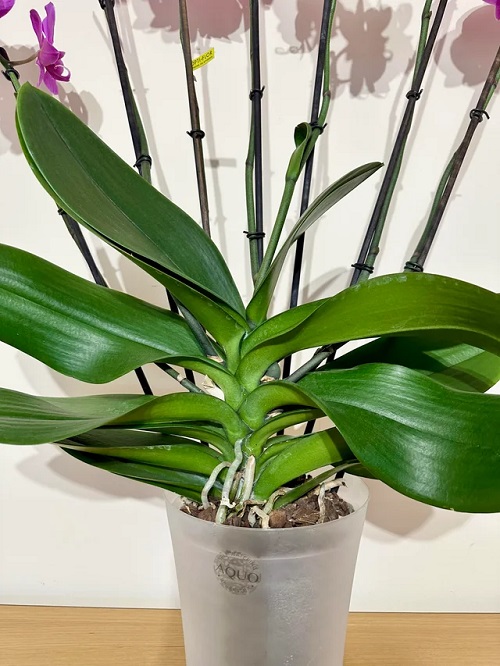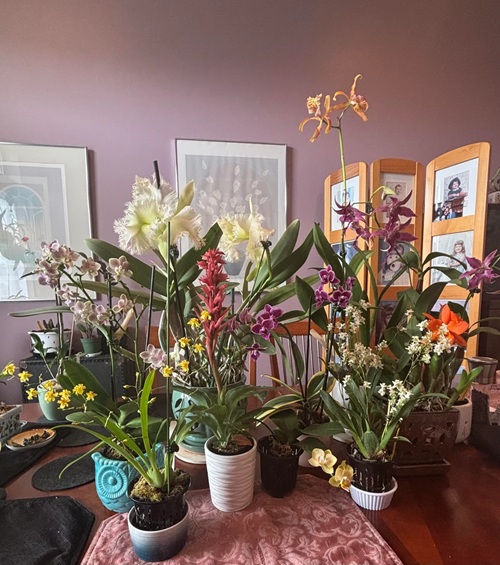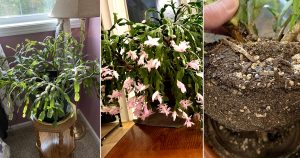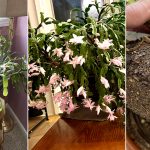Learn Why November is the Best Month to Trigger Orchid Blooms Indoors and help your plants flower beautifully this season.
Orchids are popular indoor plants because of their beautiful flowers that last for weeks. But many people find it hard to make them bloom again. November is the best time to encourage new flowers. The changes in light and temperature this month help orchids begin their blooming cycle. Here you can find Why November is the Best Month to Trigger Orchid Blooms Indoors
Why November is the Best Month to Trigger Orchid Blooms Indoors
1. Shorter Days Encourage Blooming
In November, the days get shorter and nights become longer. Orchids sense this change as a signal to start blooming. The shorter daylight hours tell the plant to stop growing leaves and focus on forming flower spikes. Place your orchid near a bright window so it still gets enough light during the day. This mix of light and darkness helps trigger blooms.
2. Cooler Nights Help Spike Formation
Cooler nights in November play an essential role in blooming. Orchids need a slight drop in temperature between day and night. This change signals that the flowering season is approaching. At night, keep the plant in a cooler room or near a window. A difference of 10–15 degrees between day and night is ideal for spike growth.
3. A Resting Period Before Flowering
After months of growing during the summer, orchids need rest before they bloom. November is when this rest period naturally happens. The plant slows its growth and stores energy for flowers. During this time, water less often and stop heavy feeding. This rest helps the orchid grow strong spikes and longer-lasting blooms later.
4. Gentle Light in November
The sunlight in November is softer than summer light. Orchids prefer this kind of light, bright but not harsh. Too much direct sun can burn their leaves, and too little light stops blooming. Keep your orchid near an east- or south-facing window where it can get gentle morning sun. If there isn’t enough light, use a grow light for 10–12 hours a day.
5. Adjust Watering and Feeding
Orchids need less water in November because the weather is cooler. Too much water can cause root rot and stop blooms. Water only when the top of the potting mix feels dry. This keeps roots healthy. Switch to a bloom-specific fertilizer with more phosphorus. Feed every two weeks to support bud growth.
6. Humidity and Airflow Are Important
Orchids love humidity. In November, indoor air often gets dry because of heaters. Try to keep the humidity between 40 and 60 percent. You can mist the leaves in the morning or place the pot on a tray of pebbles and water. Make sure the air moves gently around the plant. Good airflow keeps buds healthy and prevents rot.
7. Keep Conditions Stable
Orchids do not like sudden changes. In November, keep their environment steady. Avoid placing them near heaters, cold drafts, or fans. Sudden shifts in temperature or humidity can make buds fall before they open. A calm, stable spot helps the orchid focus on growing flowers instead of dealing with stress.
8. Prepare for Winter Blooms
When orchids start forming spikes in November, they usually bloom by winter or early spring. The flowers add color and freshness during the cold months. Most orchids take about eight to twelve weeks from spike to bloom. Starting in November gives the best chance of winter flowers.
9. Natural Rhythm of the Plant
In nature, orchids bloom after cooler nights and shorter days. November offers similar conditions indoors. Even when grown inside, orchids follow the same natural rhythm. Try to match your care to these changes, and you make blooming easier for the plant.

